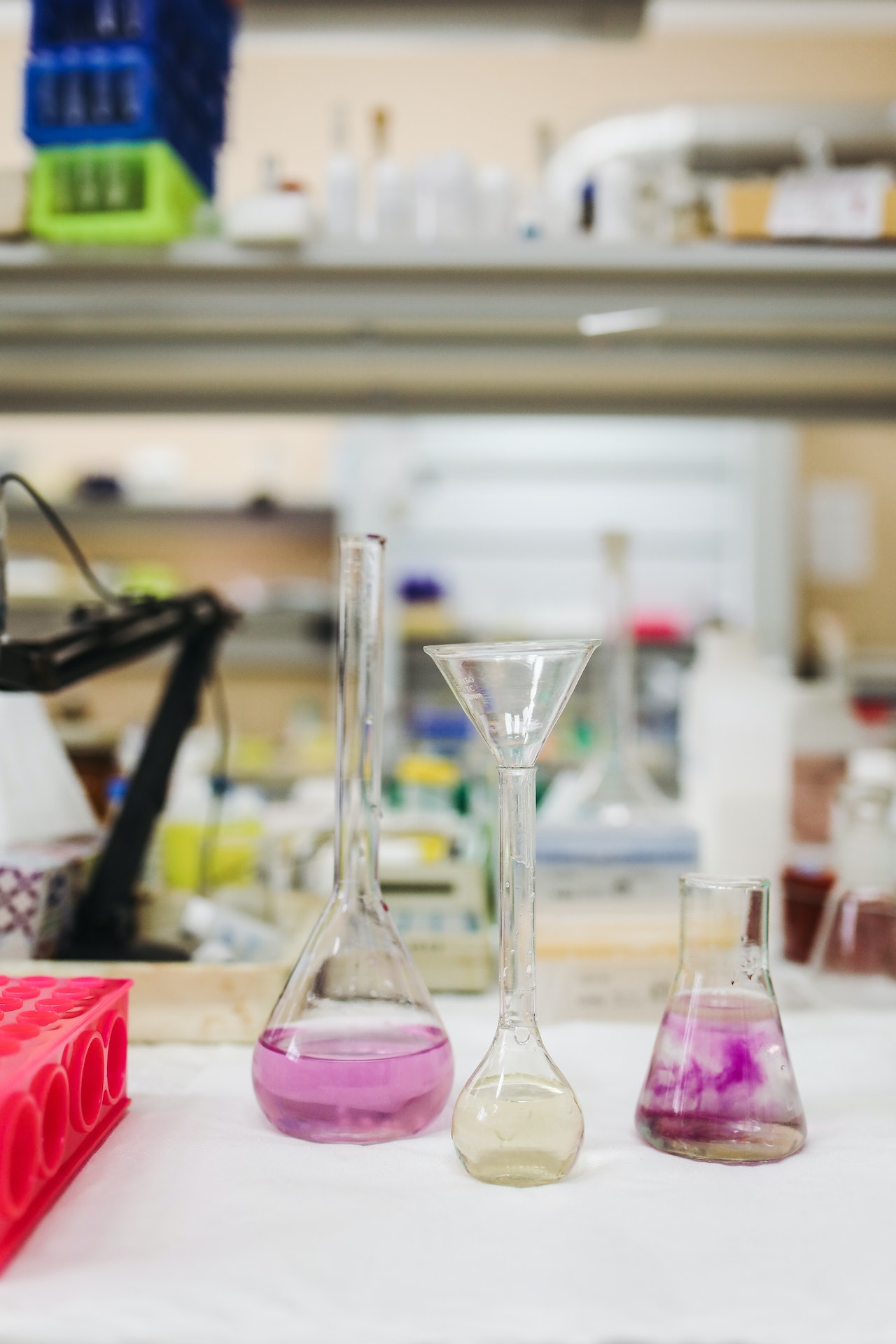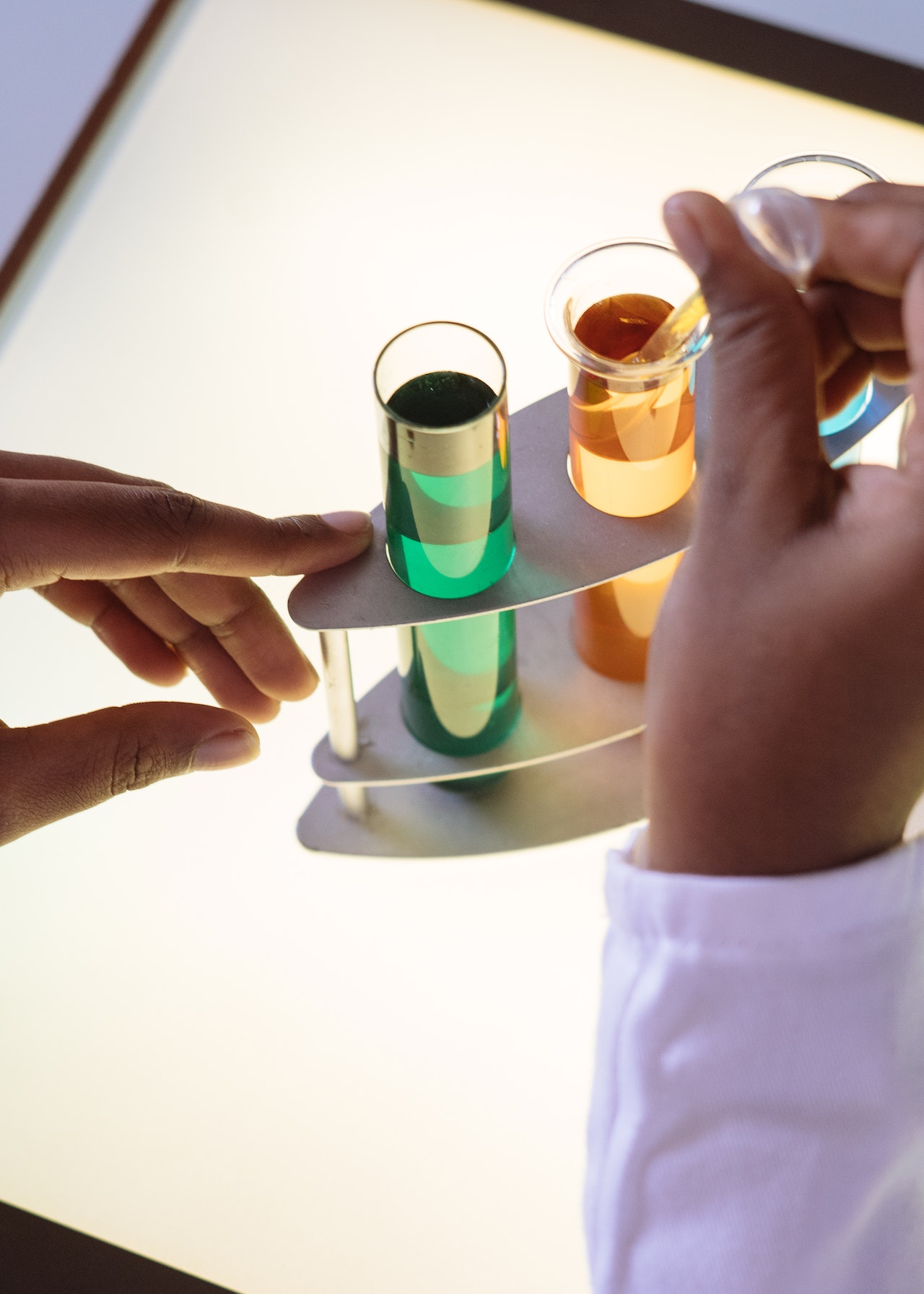Recombinant protein purification, an integral part of biotechnology and molecular biology research, has been revolutionized by the utilization of protein tags. This technique is commonly used to obtain large quantities of a target protein for various purposes. This process is essential for studying protein function, structure, and interactions, as well as for multiple applications such as drug development, diagnostics, and biotechnology production. This article aims to delve into the specifics of two commonly used tags, GST (Glutathione S-Transferase) and His-Tag (Histidine Tag), shedding light on their process, advantages, limitations, and comparative efficacy.
Understanding Protein Tags
 One of the primary challenges in protein purification is the separation of the target protein from a complex mixture of cellular components. To overcome this challenge, researchers often employ protein tags. Protein tags are small peptide sequences genetically fused to target proteins, which aid in their purification. Many protein tags are chosen because they have a strong binding affinity for specific molecules or materials. They serve as molecular handles and facilitate the purification process by enabling selective binding, immobilization, and subsequent isolation of the tagged protein. Two of the most utilized tags in recombinant protein purification are the GST and His-Tag, each with its unique properties and methodologies. The choice of tag depends on factors such as the desired purity, solubility, ease of purification, and compatibility with downstream applications.
One of the primary challenges in protein purification is the separation of the target protein from a complex mixture of cellular components. To overcome this challenge, researchers often employ protein tags. Protein tags are small peptide sequences genetically fused to target proteins, which aid in their purification. Many protein tags are chosen because they have a strong binding affinity for specific molecules or materials. They serve as molecular handles and facilitate the purification process by enabling selective binding, immobilization, and subsequent isolation of the tagged protein. Two of the most utilized tags in recombinant protein purification are the GST and His-Tag, each with its unique properties and methodologies. The choice of tag depends on factors such as the desired purity, solubility, ease of purification, and compatibility with downstream applications.
GST-Tag Method
The GST tag is derived from the Schistosoma japonicum GST enzyme. To begin, the gene of interest is cloned into an expression vector along with the GST tag sequence. The tag sequence is fused to the target protein, typically at the N- or C-terminus. When fused to the protein of interest, this tag provides a high-affinity binding site for glutathione, enabling purification using Glutathione Sepharose affinity chromatography. This vector is then transformed into a host cell, often bacteria like E. coli, to produce the fusion protein. The cells are harvested and lysed to release the proteins. The lysate is incubated with a matrix or resin that has glutathione molecules attached. The GST tag binds specifically to glutathione. Unbound proteins and cellular debris are washed away from the column, leaving only the GST-tagged protein attached to the resin. A high concentration of reduced glutathione is used to elute the GST-tagged protein from the resin. This disrupts the interaction between the GST tag and the glutathione molecules leading to the protein coming off the resin. The GST tag method often results in high yields of purified protein and can enhance the solubility of the fusion protein. GST is known for its high solubility, which can aid in the expression of insoluble or aggregation-prone proteins. However, it may not be the choice for all proteins, as it’s relatively large and may affect the function of some proteins. Also, while GST is a widely used tag, some researchers have reported potential interference of the tag with protein function, especially in cases where the tag is fused to functionally sensitive regions of the target protein.
His-Tag Method
 The His-Tag, consisting of a sequence of six to ten histidine residues, offers a different approach to protein purification. It can be placed at either the N- or C-terminus of the target protein. The polyhistidine sequence has a strong affinity for divalent metal ions, such as nickel or cobalt, facilitating purification through Immobilized Metal Affinity Chromatography (IMAC). Similar to GST fusion, the gene of interest is cloned into an expression vector with a His-tag sequence. The vector is then used to express the fusion protein in a suitable host system. The cells are harvested and lysed to release the proteins. The lysate is loaded onto a column containing a resin with immobilized metal ions, usually nickel or cobalt. The His-tagged protein binds to these metal ions. Impurities and non-specifically bound proteins are washed away, leaving the His-tagged protein attached to the column. A solution containing imidazole is used to competitively elute the His-tagged protein from the column by displacing it from the metal ions. The smaller size of the His-Tag generally has minimal impact on the protein’s function and can be easily removed if necessary. They provide strong and specific interactions with metal ions, resulting in high-affinity binding and efficient purification. However, purification using the His-Tag can sometimes result in co-purification of other histidine-rich proteins from the cell lysate, reducing the purity of the final preparation.
The His-Tag, consisting of a sequence of six to ten histidine residues, offers a different approach to protein purification. It can be placed at either the N- or C-terminus of the target protein. The polyhistidine sequence has a strong affinity for divalent metal ions, such as nickel or cobalt, facilitating purification through Immobilized Metal Affinity Chromatography (IMAC). Similar to GST fusion, the gene of interest is cloned into an expression vector with a His-tag sequence. The vector is then used to express the fusion protein in a suitable host system. The cells are harvested and lysed to release the proteins. The lysate is loaded onto a column containing a resin with immobilized metal ions, usually nickel or cobalt. The His-tagged protein binds to these metal ions. Impurities and non-specifically bound proteins are washed away, leaving the His-tagged protein attached to the column. A solution containing imidazole is used to competitively elute the His-tagged protein from the column by displacing it from the metal ions. The smaller size of the His-Tag generally has minimal impact on the protein’s function and can be easily removed if necessary. They provide strong and specific interactions with metal ions, resulting in high-affinity binding and efficient purification. However, purification using the His-Tag can sometimes result in co-purification of other histidine-rich proteins from the cell lysate, reducing the purity of the final preparation.
Comparative Evaluation
While both GST and His-Tag methods offer efficient protein purification, their application depends heavily on the protein’s characteristics and the experimental requirements. The GST tag is relatively large, which might influence protein folding, function, or solubility. His-tags are smaller and usually have a lower impact on protein properties. GST binds to glutathione beads with relatively high affinity, allowing for efficient purification. Histidine residues have moderate affinity for metal ions enabling purification with good specificity. GST-tagged proteins can be eluted using reduced glutathione, which can be harsh in some cases, potentially affecting protein stability. Elution of His-tagged proteins can be gentler, often using imidazole or other metal-chelating agents, which may help preserve protein structure. GST might be preferred for enhancing solubility and achieving high yields, while His-Tag, due to its small size, can be chosen when the tag’s impact on protein function is a concern. The selection between these methods should also consider factors like available equipment, downstream applications, and the need for tag removal. Both methods have their advantages and limitations, and the optimal choice will vary depending on the circumstances.
Choosing the appropriate protein tag, whether it’s GST or His-Tag, plays a critical role in successful recombinant protein purification. While we’ve explored the battle between these two tags, remember that the best tag for your protein is largely dependent on the specifics of your experimental setup and the properties of your protein of interest. There might be a trend towards developing smaller, more compact tags that have minimal impact on protein structure and function. These tags would aim to reduce potential interference with protein properties while still allowing effective purification. As science advances, new tags and methods will continue to emerge, providing more efficient and versatile tools for recombinant protein purification.
